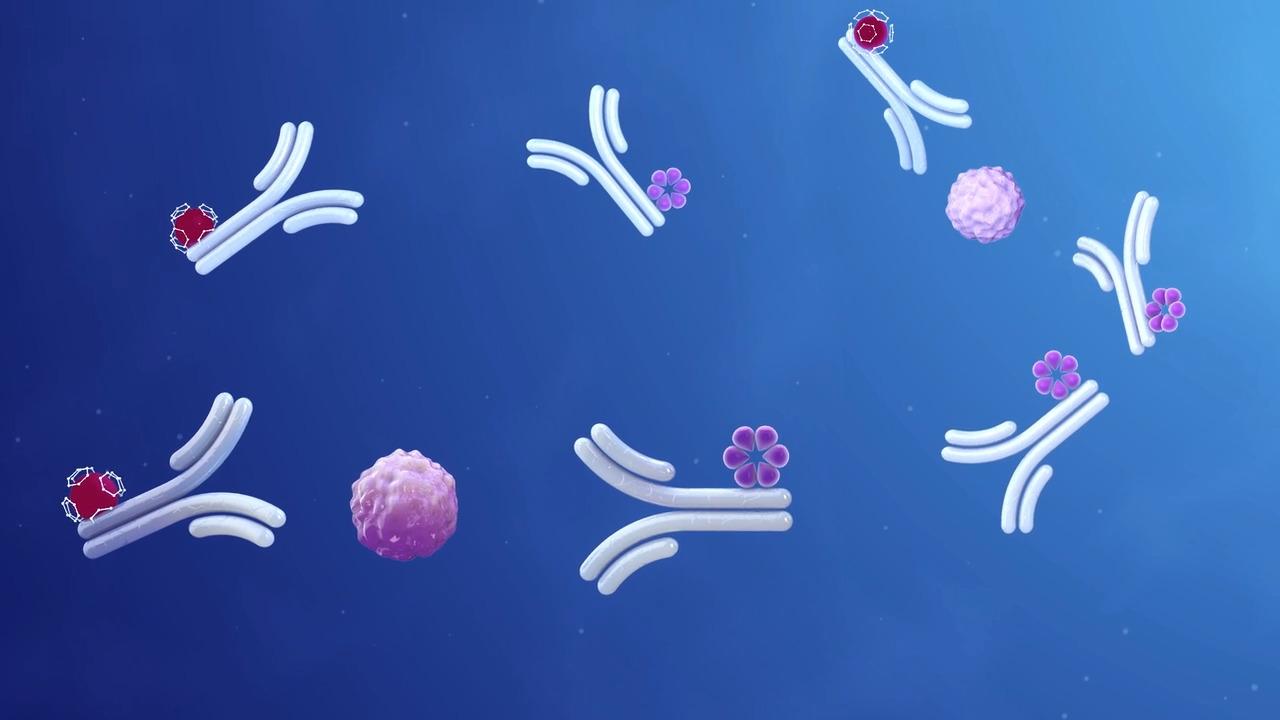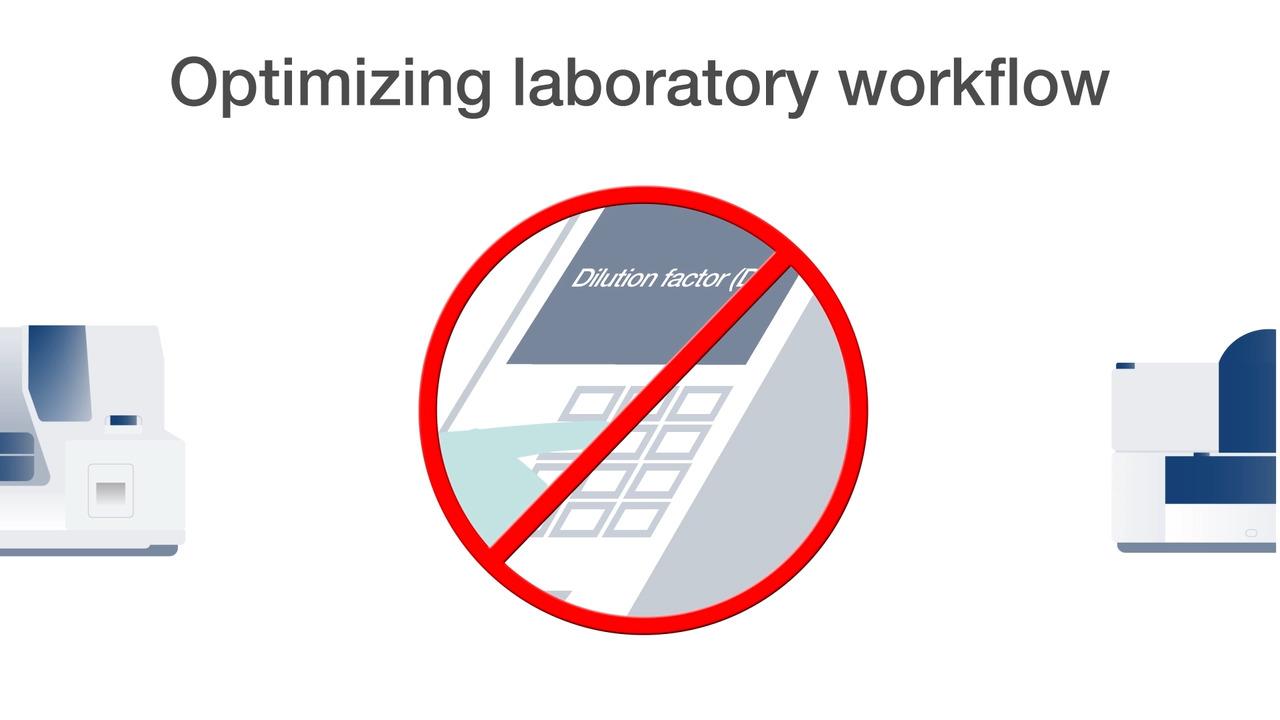Search Thermo Fisher Scientific

Unique TRACE technology with powerful precision
To optimize the daily routine in clinical and research laboratories, Thermo Scientific B·R·A·H·M·S KRYPTOR Analyzers use a unique Nobel Prize winning TRACE technology (Time-Resolved Amplified Cryptate Emission).
The TRACE method was based on fundamental research, which won Prof. Jean-Marie Lehn, the Nobel Prize for Chemistry in 1987.
TRACE principle
The basis of TRACE technology is non-radiative energy transfer from a donor to an acceptor, which is part of a chemically modified, light-collecting algal protein (e.g. XL 665). The spectral overlap between donor emission and acceptor absorption spectra on the one hand, intensify the fluorescent signal of the cryptate and on the other hand, extend the life span of the acceptor signal, permitting the measurement of temporally delayed fluorescence. TRACE ensures that only signals of interests are measured by excluding unbound and unspecific signals.
Benefits of TRACE technology
- No washing or separation necessary
- High sensitivity is not affected by deviations in color or by turbidity
- High precision and reliability
- Optimized workflow
- Unbound/unspecific signals are not detected and therefore not interfering with the result
- TRACE has been proven to ensure the highest precision and reproducibility
Walk away from out-of-range sample management
Fast, accurate and reliable lab test results enable confident clinical decisions. Delays in reporting results can often have detrimental impacts on both patient and healthcare provider, and as such, turnaround time is a key performance indicator of well-functioning laboratories.
A frequent challenge to reporting results quickly is the accurate measurement and processing of an out-of range (OOR) sample. Utilizing Nobel Prize winning TRACE technology, it is now possible to eliminate unnecessary manual processing steps in OOR sample management and optimize turnaround time.
Reduced turnaround time for OOR samples with B·R·A·H·M·S KRYPTOR Analyzers
B·R·A·H·M·S KRYPTOR Analyzers are the only immunoanalyzers in the market that fully automate all necessary steps which are required for a dilution. Using Nobel Prize winning TRACE (Time Resolved Amplified Cryptate Emission) technology, B·R·A·H·M·S KRYPTOR Analyzers can detect the OOR samples within a few minutes of the incubation period and carry out the dilution without any user intervention. This unique feature, which optimizes laboratory workflow, is named “Self-determining dilution factor” (SDDF).
- No washing or separation necessary
- High sensitivity is not affected by deviations in color or by turbidity
- High precision and reliability
- Optimized workflow
- Unbound/unspecific signals are not detected and therefore not interfering with the result
- TRACE has been proven to ensure the highest precision and reproducibility
Low interference for reliable decision
Interferences will cause errors, resulting in inaccurate test results. Low interference leads to safe decision making by laboratories interpreting patient results, helping to ensure that clinicians provide patients with the right course of treatment. TRACE technology and homogeneous immunoassays not only provide the lowest level of human anti-mouse antibody or human anti-murine antibody (HAMA) interferences but also low inter-and intra-assay Coefficient of Variability (CV %)
Thermo Fisher Scientific products are distributed globally and their uses, applications, indications, claims and availability of products in each country depend on local regulatory marketing authorization status, please consult the Instructions For Use (IFU) available in your country.
© 2024 Thermo Fisher Scientific Inc. All rights reserved. All trademarks are the property of Thermo Fisher Scientific and its subsidiaries unless otherwise specified. B·R·A·H·M·S is a registered trademark of B·R·A·H·M·S GmbH.
KRYPTOR and TRACE are trademarks of Cisbio Bioassays, licensed for use by B·R·A·H·M·S GmbH, a part of Thermo Fisher Scientific. Nobel Prize is a registered trademark of the Nobel Foundation.

